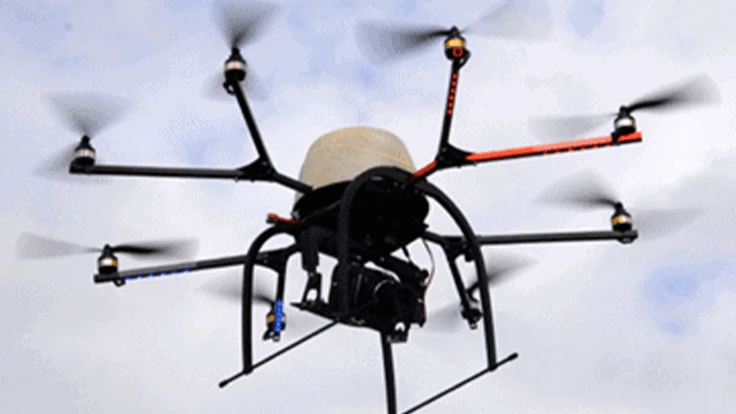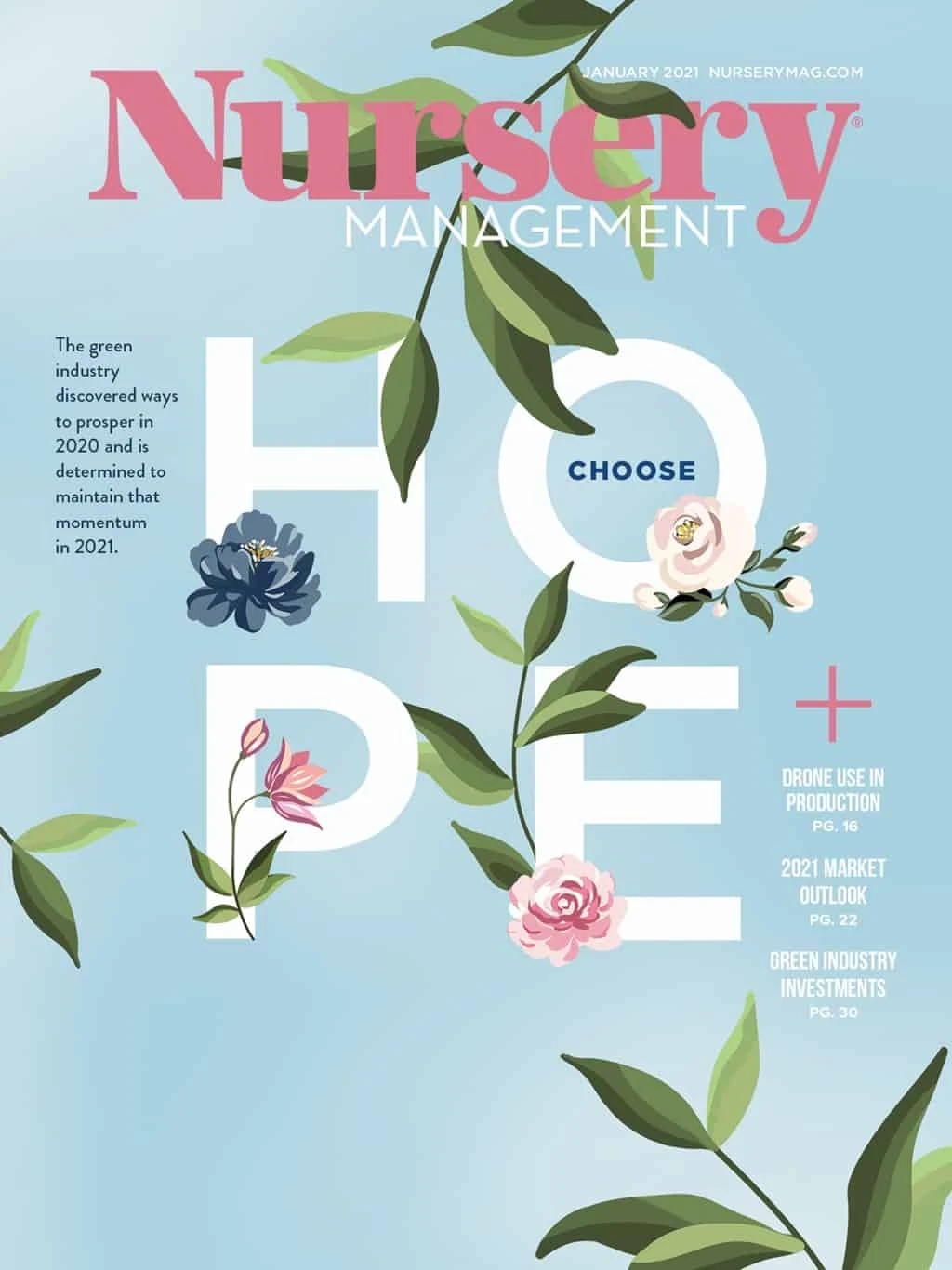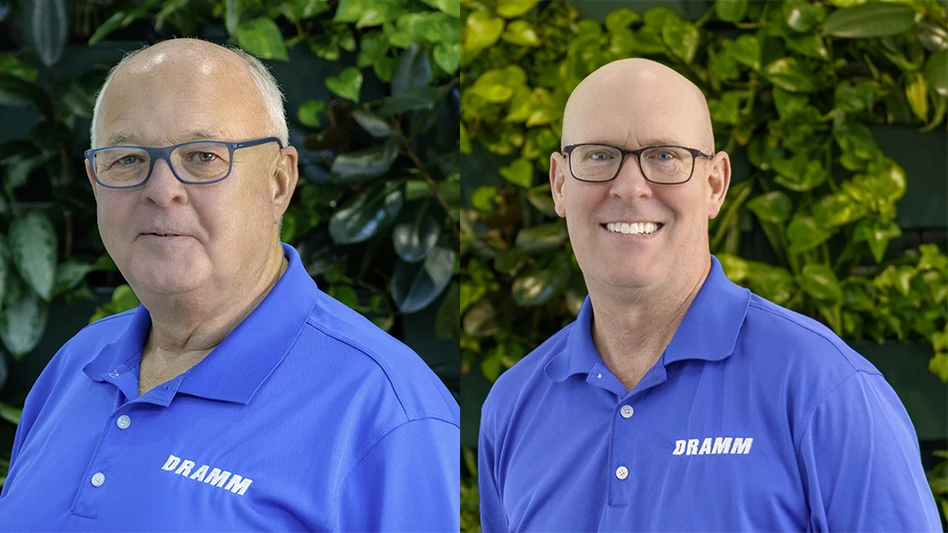

We last updated you on drone efforts in the September 2018 issue of Nursery Management, “A View from Above” (https://bit.ly/nurs ery_drones2018). That article discussed in general terms the process a nursery might go through in making a purchasing decision and then an overview of aircraft, sensors and software. Based on our many years of experience with drones, we feel the areas that have advanced the most in the past two years have been navigation software and aerial application systems (i.e., sprayer/spreader). As with other emerging technologies, a lot has happened since 2018, so we thought an update was in order.
In the 2018 article we briefly discussed how a nursery needs to evaluate what business option makes the most sense based on the cost outlay. Like other critical business decisions, we feel some structured effort needs to be devoted to this process. In response to that we wrote an extension fact sheet that outlines a framework for the decision-making process to make the best financial decision for your respective application, thus improving the bottom line (“Planning for Financial Risks Associated with Using sUAS in Agriculture” www.uaex.edu/publications/pdf/FSA6153.pdf). Although the fact sheet uses as its baseline example the objective of obtaining remote-sensed images to generate a vegetation index (e.g., NDVI), the same thought process can be applied to other types of drone applications (e.g., spraying, sales/marketing images).
Although we have been working with drones for more than 10 years, we are not the only U.S. academic group looking into using drones in nurseries. Some other examples include the University of Maine, University of Maryland, University of California-Davis, Michigan State University and Oregon State University.

The technology currently allows at least five broad applications for agricultural users including but not limited to: 1) crop monitoring, 2) chemical applications, 3) asset tracking and management (e.g., monitoring fences, irrigation systems), 4) crop inventory and crop insurance and 5) marketing and sales. We also have conducted preliminary work on the use of drones and image processing software to remotely measure the volume of substrate bark piles. Figure 1 shows the volume measurement for six bark piles with good agreement with manual ground measurements for five of the six. Currently, most nurseries either use ground-based manual methods to estimate bark volume or simply visually estimate the supply on-hand.

Of the five most common applications for drones in nurseries, our team has recently been most focused on inventory and aerial chemical applications (liquids or granular). Part two in this series will provide an update on the use of drones in nurseries for inventory and part three will provide an overview of aerial applications.
Acknowledgement: For the past three years, a multi-state collaborative team (13 individuals from nine academic institutions) have tried unsuccessfully to obtain large-scale grant funding from the USDA-Specialty Crop Research Initiative (SCRI) program to advance the use of drones in nurseries for improved water resource management, plant inventory and aerial application. The team wishes to express their sincere thanks to the 24 nurseries and three trade associations that have provided tremendous support for our efforts.

Explore the January 2021 Issue
Check out more from this issue and find your next story to read.
Latest from Nursery Management
- GIE Media Horticulture Group wins five regional 2025 Azbee Awards of Excellence
- Get to know Pat Reilly with NewGen Boxwood and the American Boxwood Society
- Terra Nova Nurseries introduces rust-free and disease-resistant heucherella
- John T. Nickel, founder of Greenleaf Nursery Co., passes away at 89
- Three tours offered at 2025 Farwest Show
- Garden Media Group announces sixth annual Women in Horticulture Week
- Star Roses and Plants announces National Knock Out Rose Day
- The Growth Industry Episode 4: How federal budget cuts are affecting horticulture nonprofits







